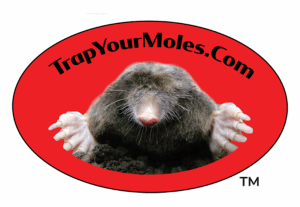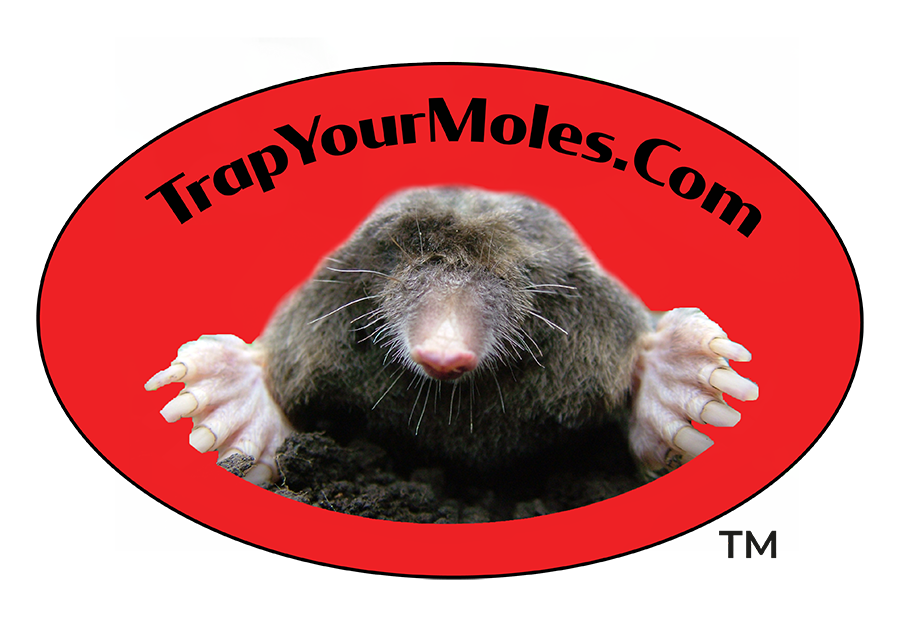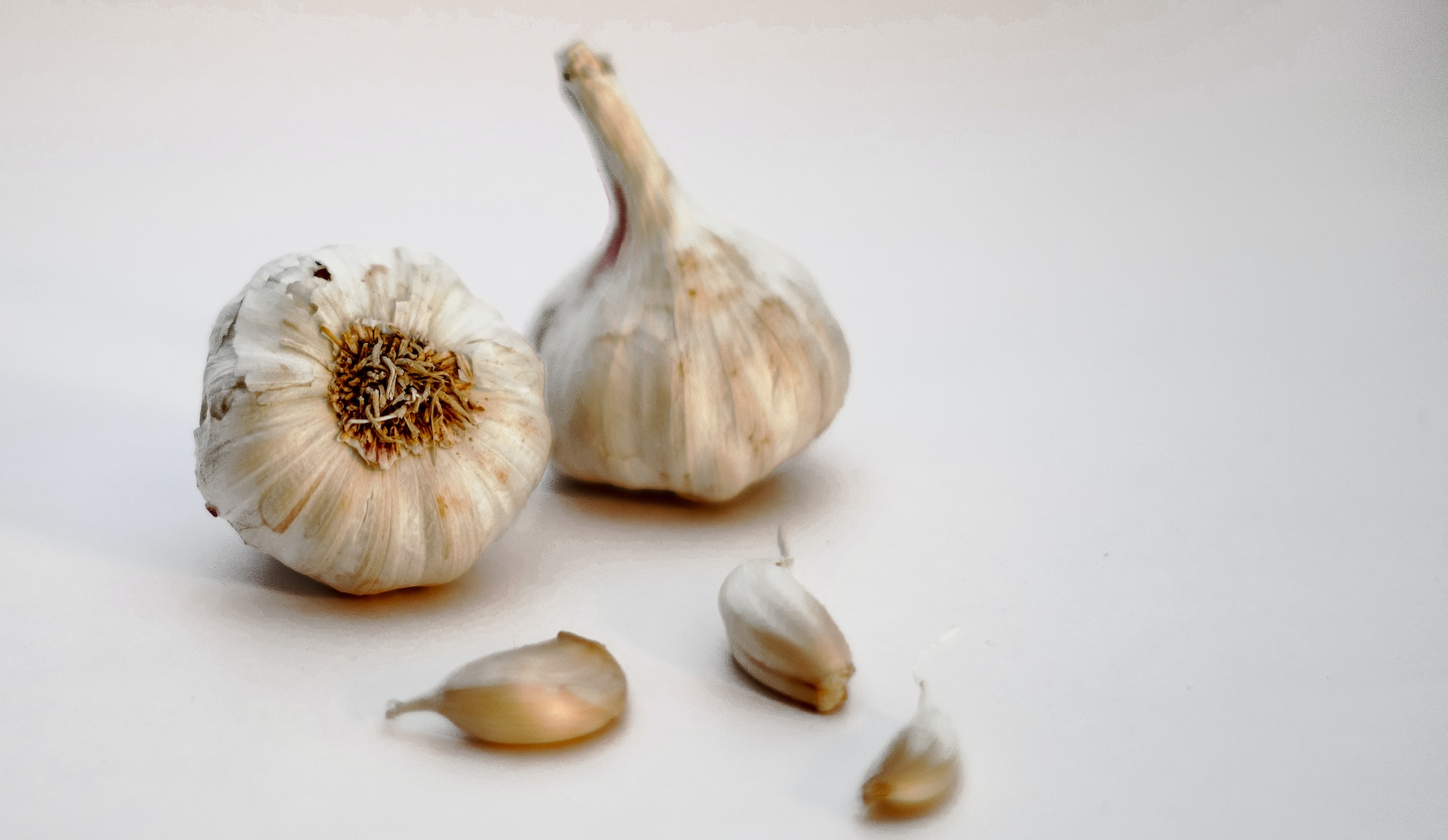Moles can be a significant problem for homeowners. They can damage the lawn and garden, create tripping hazards, and even harm pets. While many chemical options are available to remove moles, many prefer a natural approach. Fortunately, there are several ways to get rid of moles in your yard.
Identifying Moles
Before discussing how to get rid of moles, it’s essential to understand what they are and how to identify them. Moles are small, burrowing mammals typically ranging from 4 to 8 inches. They have a pointed snout, small eyes, and large front paws designed for digging.
Moles are most active at night and prefer to live in moist, loamy soil. Signs of mole activity include raised ridges or mounds of soil in the lawn or garden.
Natural Methods to Get Rid of Moles
If you’re looking to get rid of your moles naturally, there are several methods you can try, such as the following:
Castor Oil
One of the most effective natural methods to get rid of moles is to use castor oil. Castor oil is a natural repellent that can drive moles away from your yard. Mix castor oil with water and dish soap and spray it over the affected area. This will create an unpleasant scent that moles will avoid. Reapply the mixture every few days until the moles are gone.
Cayenne Pepper
To use cayenne pepper, sprinkle it liberally over the affected area. The heat and scent of the pepper will drive moles away. Reapply the pepper every few days until the moles are gone.
Coffee Grounds
A natural repellant that works well for ground mole removal is coffee grounds. Sprinkle coffee grounds over the affected region to use them. The coffee’s aroma will scare the moles away. Until the moles are gone, reapply the coffee every several days.
Garlic
Crush a few cloves of garlic and combine them with water to use. Over the affected region, mist the mixture. Garlic’s aroma will scare moles away. Till the moles are gone, reapply the garlic mixture every few days.
Plants That Repel Moles
Several plants are known to repel moles. These include daffodils, alliums, and marigolds. Planting these in your yard can help keep moles away. In addition to repelling moles, these plants add color and beauty to your yard.
Solar-Powered Vibrating Stakes
Solar-powered vibrating stakes are a natural and humane way to eliminate moles. These stakes emit a low-frequency vibration that moles find unpleasant. The vibrations will drive moles away from your yard. Place the stakes in the ground every few feet throughout the affected area. The stakes will run on solar power so that they won’t add to your energy bill.
Remove Their Food Source
Moles feed on insects and grubs. By removing their food source, you can get rid of moles naturally. To do this, use nematodes. Nematodes are tiny worms that feed on the grubs and insects that moles eat.
You can then apply nematodes to the affected area. They will feed on the grubs and insects, removing the moles’ food source. Without food, the moles will move on to other areas.
Mothballs
You can also place mothballs in the affected area. The scent of the mothballs will drive moles away. Be careful when using mothballs, as they can be toxic to pets and children.
Conclusion
Natural methods to remove ground moles effectively and safely remove these pests from your garden or lawn. As moles can cause extensive damage to lawns and gardens, it is essential to take action quickly. Professional mole extermination services can help eliminate unwanted moles safely and humanely, ensuring your property is protected from further damage.
In addition, these services can help prevent the spread of any diseases or parasites that the moles may carry. With the right approach, you can successfully remove moles from your property and protect your landscape.
Are you tired of dealing with pesky ground moles digging up your lawn? Let Trap Your Moles help you get rid of them for good! Our professional ground mole removal services are designed to quickly and effectively eliminate these unwanted pests from your property. We use safe and humane trapping methods that do not harm the moles or the environment. Call us today for a free consultation!




